That Video Is Fascinating, I Can't Stop Watching It!
That video is fascinating, I can't stop watching it!
Blizzard 2016 from Space
As an intense winter storm approaches the mid-Atlantic this weekend, our satellites watch from above. The storm is expected to produce a wade swath of more than 2 feet of snow in some areas.

The below supercomputer simulation crunched the data to provide a look at the flow of clouds from storm systems around the globe, including the developing blizzard across the eastern United States.
This storm won’t only have a snowy impact on the mid-Atlantic region, but will also cause severe weather in the Gulf Coast. Satellites observe extreme rainfall in the area.

Data from NASA-NOAA Suomi NPP satellite and NOAA’s GOES-East satellite are being used to create images and animation of the movement of this powerful storm. For updates, visit: http://www.nasa.gov/feature/goddard/2016/nasa-sees-major-winter-storm-headed-for-eastern-us

Make sure to follow us on Tumblr for your regular dose of space: http://nasa.tumblr.com
More Posts from Alitheastronomer and Others
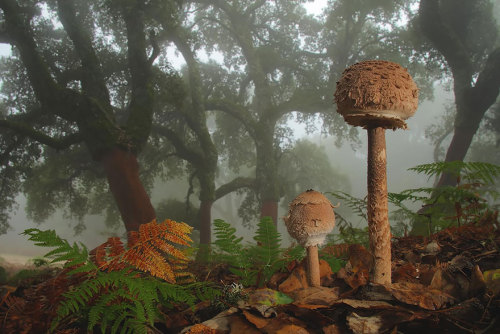
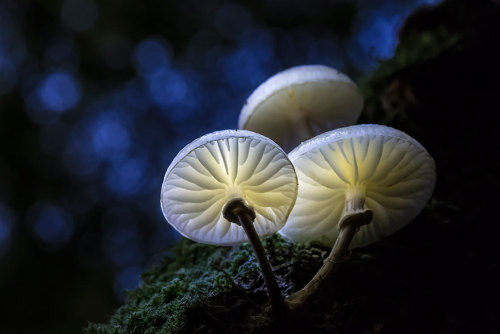
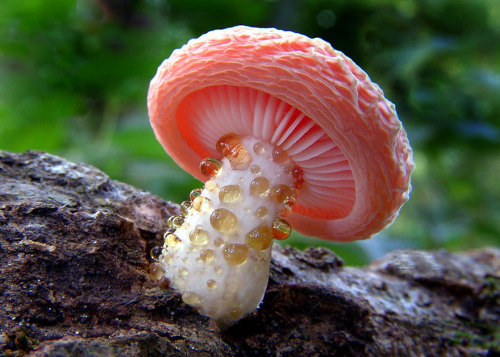
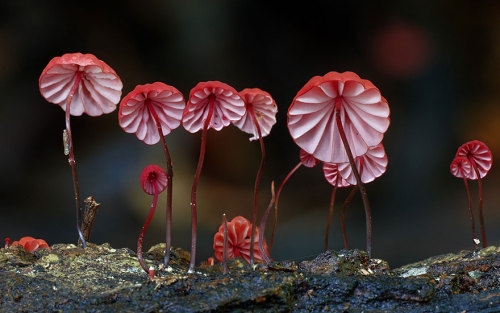
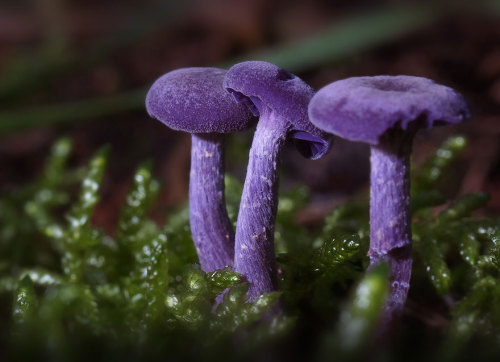
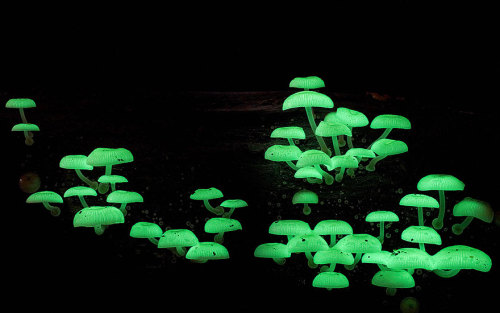
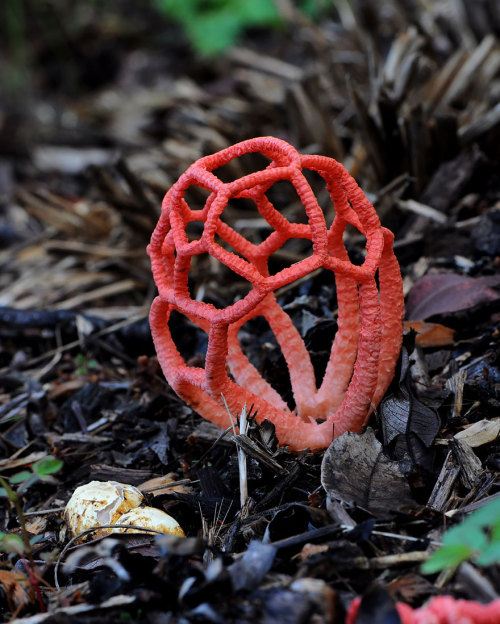
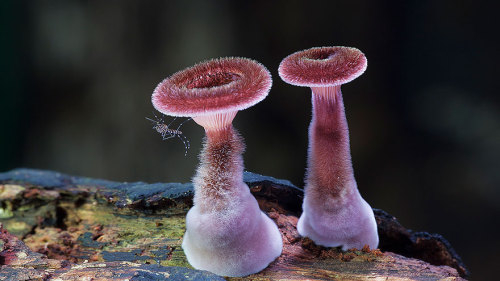

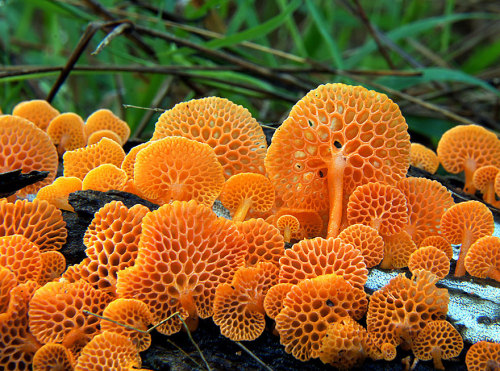
The Mystical World Of Mushrooms Captured In Photos
Most people consider mushrooms to be the small, ugly cousins of the plant kingdom, but theirs is surprisingly beautiful and wonderful world waiting to be explored. These beautiful mushrooms, captured by enthusiastic nature photographers, are a far cry from the ones you find in the woods or your local grocery store.
Most mushrooms, as we know them, are actually just the reproductive structure of the fungus they belong to – their fungal networks expand far further underground, and some fungi don’t even sprout the sort of mushrooms that we’re used to seeing. In fact, depending on your definition of “organism,” the largest living organism in the world is a fungus – there’s a honey mushroom colony in Oregon that occupies about 2,000 acres of land! ( Bored Panda )

Jupiters Great Red Spot is likely a sunburn, not a blush. New science from NASAs Cassini Mission to Saturn based on lab and flyby data.
js

Whirlpool Galaxy by Alessandro Falesiedi
js

Arp 87:
NGC 3808A (right) & NGC 3808B (left)

Solipsism syndrome refers to a psychological state in which a person feels that the world is not external to his or her mind. Periods of extended isolation may predispose people to this condition. In particular, the syndrome has been identified as a potential concern for individuals living in space for extended periods of time.
(Fact Source) Follow Ultrafacts for more facts
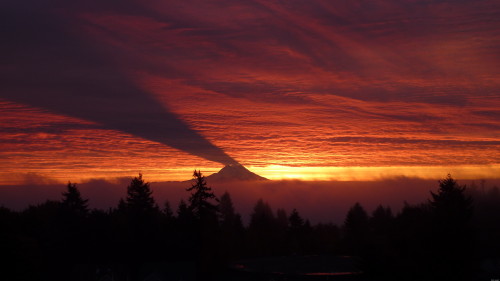
Mount Rainier shadow casts on the sky at sunrise. It only happens when the sun rises farther to the south and has to be in the exact position to where Rainier blocks the first rays of morning light. (Source)
What’s Up for February 2016?
Five morning planets, Comet Catalina passes Polaris and icy Uranus and icy Vesta meet near Valentine’s Day.

February mornings feature Mercury, Venus, Saturn, Mars and Jupiter. The last time this five-planet dawn lineup happened was in 2005. The planets are easy to distinguish when you use the moon as your guide. Details on viewing HERE.
If you miss all five planets this month, you’ll be able to see them again in August’s sunset sky.

Last month, Comet Catalina’s curved dust tail and straight ion tail were visible in binoculars and telescopes near two galaxies that are close to the handle of the Big Dipper. Early this month, the comet nears Polaris, the North Star. It should be visible all month long for northern hemisphere observers.

There will be more opportunities to photograph Comet Catalina paired with other objects this month. It passes the faint spiral galaxy IC 342 and a pretty planetary nebula named NGC 1501 between Feb. 10 – 29. For binocular viewers, the magnitude 6 comet pairs up with a pretty string of stars, known as Kemble’s Cascade, on Feb. 24.

Finally, through binoculars, you should be able to pick out Vesta and Uranus near one another this month. You can use the moon as a guide on Feb. 12, and the cornerstone and the corner stars of Pegasus all month long.

For more information about What’s Up in the February sky, watch our monthly video HERE.
Make sure to follow us on Tumblr for your regular dose of space: http://nasa.tumblr.com




SpaceX Lands the Faclon9 First Stage - A revolution in Rocket Science and Engineering
Today, at 8:33, Spacex made history. They landed the first stage of their Falcon9 rocket after having it successfully deploy a second stage into low earth orbit.
The Video is here:
Unlike other rocket companies, Spacex in not making small hops - they did that 2 years ago with their grasshopper rocket. In fact, this is how they tested the initial avionics systems that would be able to land the rocket in a stable position autonomously. Here is some footage:
Unlike the companies that makes these hops, Spacex has to use this stage to help get payloads into low earth orbit… and then recover it! This is incredibly difficult and requires an advanced retro-trusting maneuver that has never been successful - until now! The diagram below shows this trusting maneuver, which happens shortly after the second stage has decoupled and ignited.

Spacex claims that this is similar to trowing a pencil over the Empire State Building, then having it flip perfectly, then have it fall into a shoebox… easy enough right?

Only, in real life SpaceX isn’t shooting a pencil… they are shooting a rocket! This is the pad that the now famous falcon9 rocket landed on:

Now you might ask, why does this matter? This means space will become cheaper! We can already build satellites that are less than $10,000, as a matter of fact I’m building a small satellite with a team right now! As it currently stands, space travel is too expensive for creative people to take risks. Now, thanks to SpaceX, we may be mining or visiting asteroids, visiting the moon, visiting mars, or doing something crazier - and we may be doing this very soon! The Falcon9 rocket costs $54 million to build but only $200,000 to refuel… let’s put this in perspective… That’s the same amount that it costs to refuel a Boeing 747 (which is the airplane that consumers use to fly around the world). This means that space travel could be as cheap as air travel very soon! Way to go SpaceX!
If you want to watch the full launch and landing video check it out here (this may be moved in the future): http://www.spacex.com/webcast/

Credit: SpaceX

NGC 1398 in Fornax.
Source: https://imgur.com/7dzEl2s
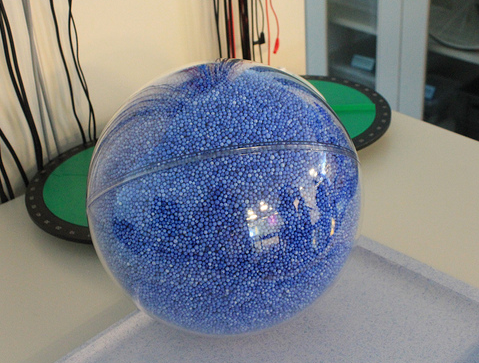
This is a model of how many Earth’s can fit inside the sun.
-
 mostafa18xl liked this · 8 years ago
mostafa18xl liked this · 8 years ago -
 pi-alamode reblogged this · 8 years ago
pi-alamode reblogged this · 8 years ago -
 pi-alamode liked this · 8 years ago
pi-alamode liked this · 8 years ago -
 naboohoney reblogged this · 8 years ago
naboohoney reblogged this · 8 years ago -
 heliosphoenix reblogged this · 8 years ago
heliosphoenix reblogged this · 8 years ago -
 atomsandatoms reblogged this · 8 years ago
atomsandatoms reblogged this · 8 years ago -
 jsbustaman liked this · 9 years ago
jsbustaman liked this · 9 years ago -
 tristanshoard reblogged this · 9 years ago
tristanshoard reblogged this · 9 years ago -
 keialuma reblogged this · 9 years ago
keialuma reblogged this · 9 years ago -
 itsbellaphoenix reblogged this · 9 years ago
itsbellaphoenix reblogged this · 9 years ago -
 itsbellaphoenix liked this · 9 years ago
itsbellaphoenix liked this · 9 years ago -
 mybatista-blog1 liked this · 9 years ago
mybatista-blog1 liked this · 9 years ago -
 sunshineparadiseevans liked this · 9 years ago
sunshineparadiseevans liked this · 9 years ago -
 clrones liked this · 9 years ago
clrones liked this · 9 years ago -
 starchildchampion-blog liked this · 9 years ago
starchildchampion-blog liked this · 9 years ago -
 chasingriversong liked this · 9 years ago
chasingriversong liked this · 9 years ago -
 luciferskin reblogged this · 9 years ago
luciferskin reblogged this · 9 years ago -
 rjbailey reblogged this · 9 years ago
rjbailey reblogged this · 9 years ago -
 makemoneyonlineiseasy-com liked this · 9 years ago
makemoneyonlineiseasy-com liked this · 9 years ago -
 kyber-erso reblogged this · 9 years ago
kyber-erso reblogged this · 9 years ago -
 kyber-erso liked this · 9 years ago
kyber-erso liked this · 9 years ago -
 newandcoolername liked this · 9 years ago
newandcoolername liked this · 9 years ago -
 islademaria liked this · 9 years ago
islademaria liked this · 9 years ago -
 minutt-by-minutt liked this · 9 years ago
minutt-by-minutt liked this · 9 years ago -
 rjbailey liked this · 9 years ago
rjbailey liked this · 9 years ago -
 whatislifeandhowdoidoit reblogged this · 9 years ago
whatislifeandhowdoidoit reblogged this · 9 years ago -
 whatislifeandhowdoidoit liked this · 9 years ago
whatislifeandhowdoidoit liked this · 9 years ago -
 libera--me reblogged this · 9 years ago
libera--me reblogged this · 9 years ago -
 heyitssnickers liked this · 9 years ago
heyitssnickers liked this · 9 years ago -
 colinbrooklyn liked this · 9 years ago
colinbrooklyn liked this · 9 years ago -
 boardofcheapandcheerful liked this · 9 years ago
boardofcheapandcheerful liked this · 9 years ago -
 elegant-vibes liked this · 9 years ago
elegant-vibes liked this · 9 years ago -
 playingjax liked this · 9 years ago
playingjax liked this · 9 years ago -
 alexjang09 liked this · 9 years ago
alexjang09 liked this · 9 years ago -
 alitheastronomer reblogged this · 9 years ago
alitheastronomer reblogged this · 9 years ago -
 one-two-seven liked this · 9 years ago
one-two-seven liked this · 9 years ago -
 carol1st liked this · 9 years ago
carol1st liked this · 9 years ago -
 shybearcollector6 reblogged this · 9 years ago
shybearcollector6 reblogged this · 9 years ago -
 lunamageice liked this · 9 years ago
lunamageice liked this · 9 years ago